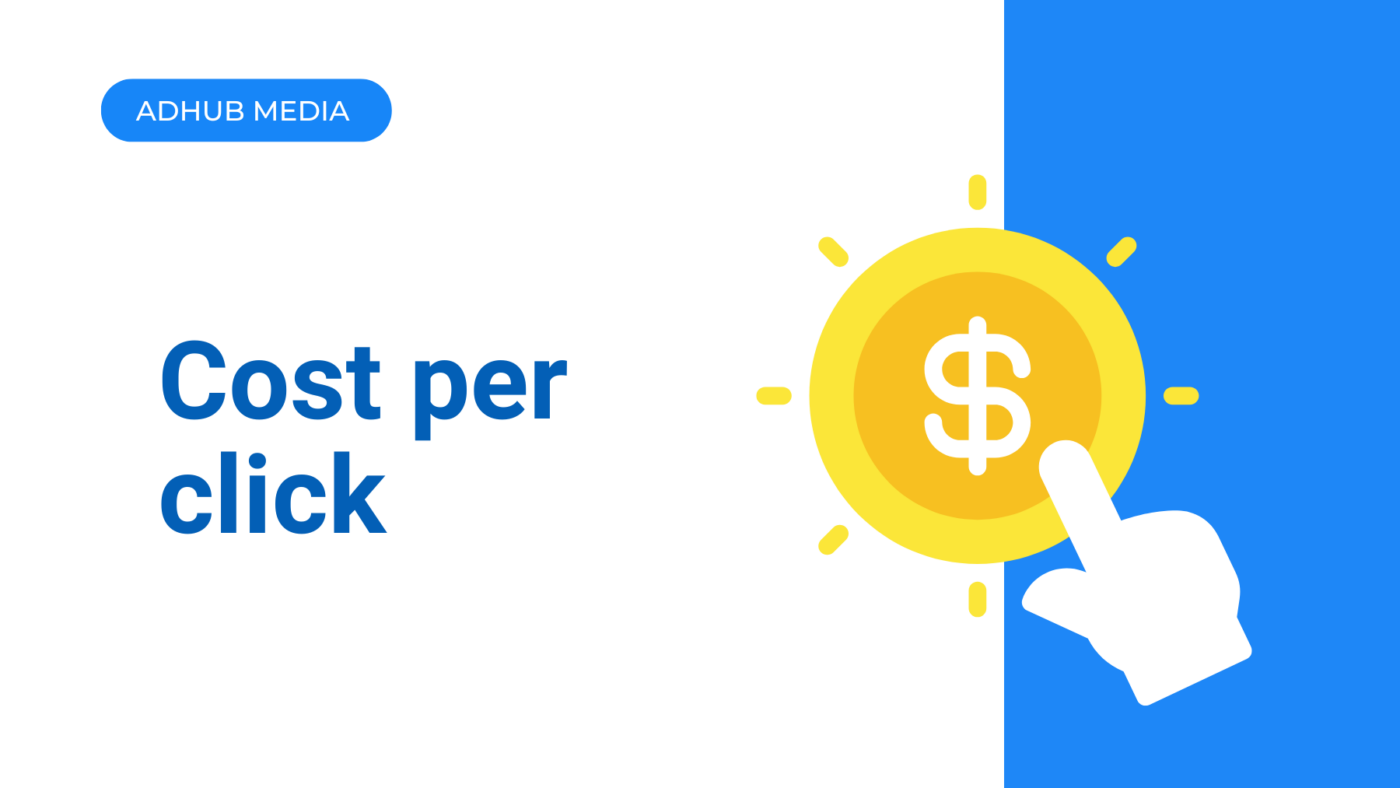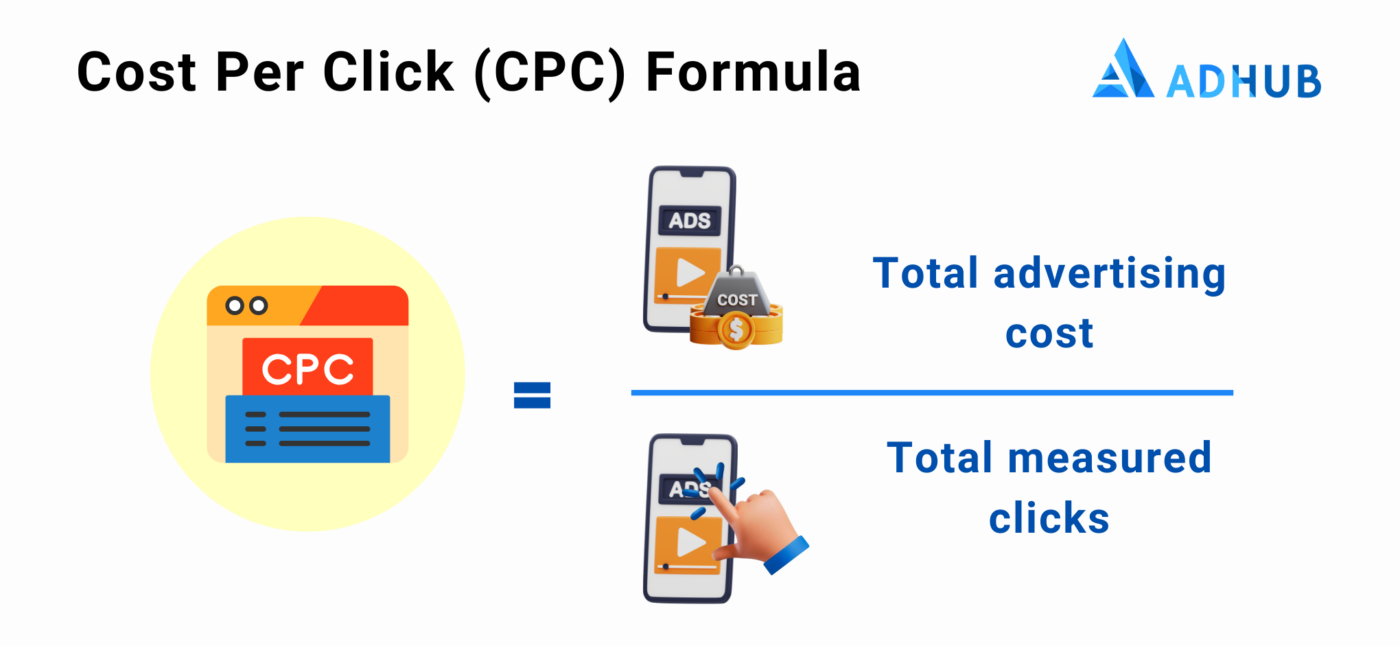In the fast-paced world of digital marketing, understanding the mechanics behind online advertising is crucial for businesses seeking to optimize their campaigns and maximize return on investment (ROI). One key component in this equation is Cost Per Click (CPC), a fundamental pricing model used in online advertising. But what exactly is CPC, and why is it so important?
In this article, we will dive deep into the world of CPC, explaining how it works, the factors that influence it, and how to effectively manage it for your online marketing campaigns.

What is CPC?
Cost Per Click (CPC) is a metric used in online advertising where advertisers pay a fee each time a user clicks on their ad. It is a fundamental pricing model used by platforms like Google Ads, Bing Ads, and various social media advertising tools.
When you run a CPC campaign, your goal is to get as many clicks as possible within your budget. In simpler terms, you are paying for traffic to your website or landing page, rather than paying for impressions (which you would with Cost Per Mille (CPM)) or actions (as you would with Cost Per Acquisition (CPA)). CPC allows advertisers to focus on direct engagement, making it a popular choice for many.
The Mechanics of CPC
To understand how CPC works, it’s helpful to think of it as an auction system. When you run an ad campaign on a platform like Google Ads, you enter a bidding process where you set a maximum amount you’re willing to pay for a click on your ad. However, your final cost per click isn’t determined by your bid alone.
Instead, it depends on several factors, including the quality score of your ad, the relevance of your keywords, and the competition in your industry. This system ensures that the best and most relevant ads get the highest visibility, even if their bid isn’t the highest.

Key Elements that Affect CPC
- Bid Amount: The maximum amount you’re willing to pay for a click.
- Quality Score: Platforms like Google Ads assign a quality score to your ad based on its relevance, click-through rate (CTR), and landing page experience. Ads with higher quality scores typically pay less per click.
- Ad Rank: This combines your bid amount and quality score to determine your ad’s position in the auction. Higher quality ads can rank well even with a lower bid.
- Competition: In highly competitive industries or niches, CPC rates tend to be higher, as multiple advertisers are bidding for the same keywords or audience.
For example, if you’re in the insurance industry, you might find that CPC rates are higher due to the number of advertisers vying for the same target audience. Understanding how these elements interact can help you manage your CPC more effectively.
Benefits of CPC
CPC advertising offers numerous advantages, making it an appealing option for businesses and marketers:
- Cost Efficiency: Unlike other advertising models that charge per impression or per acquisition, CPC only costs you when someone actually clicks on your ad. This makes it easier to control your advertising budget, as you only pay for actual interactions.
- Measurability: CPC allows you to track the effectiveness of your ads. You can easily measure the cost per click, and more importantly, assess whether those clicks are leading to conversions or sales. With tracking tools, you can even see the return on investment (ROI) for each click.
- Direct Traffic: Since CPC drives users directly to your website or landing page, it provides an excellent way to generate traffic. This is particularly useful for businesses that want to increase their online presence quickly and see immediate results.
- Scalability: With CPC, you can scale your campaigns based on performance. If an ad is performing well, you can increase the budget to capture more clicks. On the other hand, if an ad is underperforming, you can easily pause or adjust it.
- Targeting Flexibility: CPC platforms often offer detailed targeting options, including demographics, location, interests, and even behaviors. This allows you to hone in on your ideal audience and reduce wasted spend.
Challenges and Drawbacks of CPC
While CPC is a powerful tool, it’s not without its challenges:
- Cost Fluctuations: As mentioned, CPC rates can vary significantly based on competition, ad relevance, and industry. High-demand keywords can lead to inflated costs, especially in competitive sectors like legal services or finance.
- Click Fraud: In some cases, your ad may be clicked on by bots or competitors looking to deplete your advertising budget. This issue, known as click fraud, can result in wasted spend if not properly monitored.
- Quality and Relevance: Simply getting clicks is not enough. If your landing page is irrelevant or poorly designed, you might face a high bounce rate, meaning users leave quickly without converting. Optimizing your ad copy, landing pages, and overall user experience is key to maximizing the effectiveness of CPC.
- Budget Management: Without careful planning, it’s easy to overspend on a CPC campaign, especially if your ads are targeting broad keywords or poorly optimized audiences. Continual monitoring and adjustments are essential to avoid wasting money.
How to Optimize Your CPC Campaigns
To get the best results from your CPC campaigns, you need to make sure your ads are optimized. Here are some key strategies for improving your CPC performance:
1. Improve Your Quality Score
Platforms like Google Ads reward advertisers who produce high-quality, relevant ads. A higher quality score can lower your cost per click and improve your ad position, leading to more visibility without increasing your bid.
To improve your quality score, focus on:
- Crafting relevant ad copy that aligns with your targeted keywords.
- Ensuring your landing page provides a positive user experience, with relevant content and a fast load time.
- Using specific keywords that match user intent rather than broad, generic ones.
2. Refine Your Targeting
Targeting the right audience is critical to keeping your CPC rates low and your ROI high. Use demographic and interest targeting to ensure your ads are shown to people most likely to engage with your products or services.
Additionally, use negative keywords to prevent your ads from appearing for irrelevant search terms. This helps reduce wasted clicks and lowers your overall cost per acquisition.
3. A/B Testing
Regularly running A/B tests on your ad copy, landing pages, and calls-to-action (CTAs) can reveal what resonates best with your audience. Small tweaks can significantly impact your CTR and ultimately lower your CPC.
Consider testing variations of:
- Ad headlines
- Description text
- CTA buttons
4. Monitor Your Analytics
Always monitor your CPC campaigns using analytics tools like Google Analytics. Track the performance of your ads, see which keywords are driving the most conversions, and make adjustments as needed. Analyzing the data will help you make more informed decisions and reduce unnecessary spend.
5. Use Automated Bidding Strategies
Many advertising platforms offer automated bidding strategies that optimize your bids for specific goals, such as maximizing clicks, conversions, or overall ROI. Experiment with these features to see if they help lower your CPC while maintaining performance.
